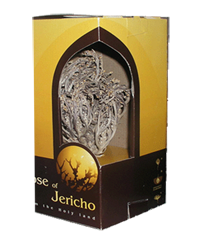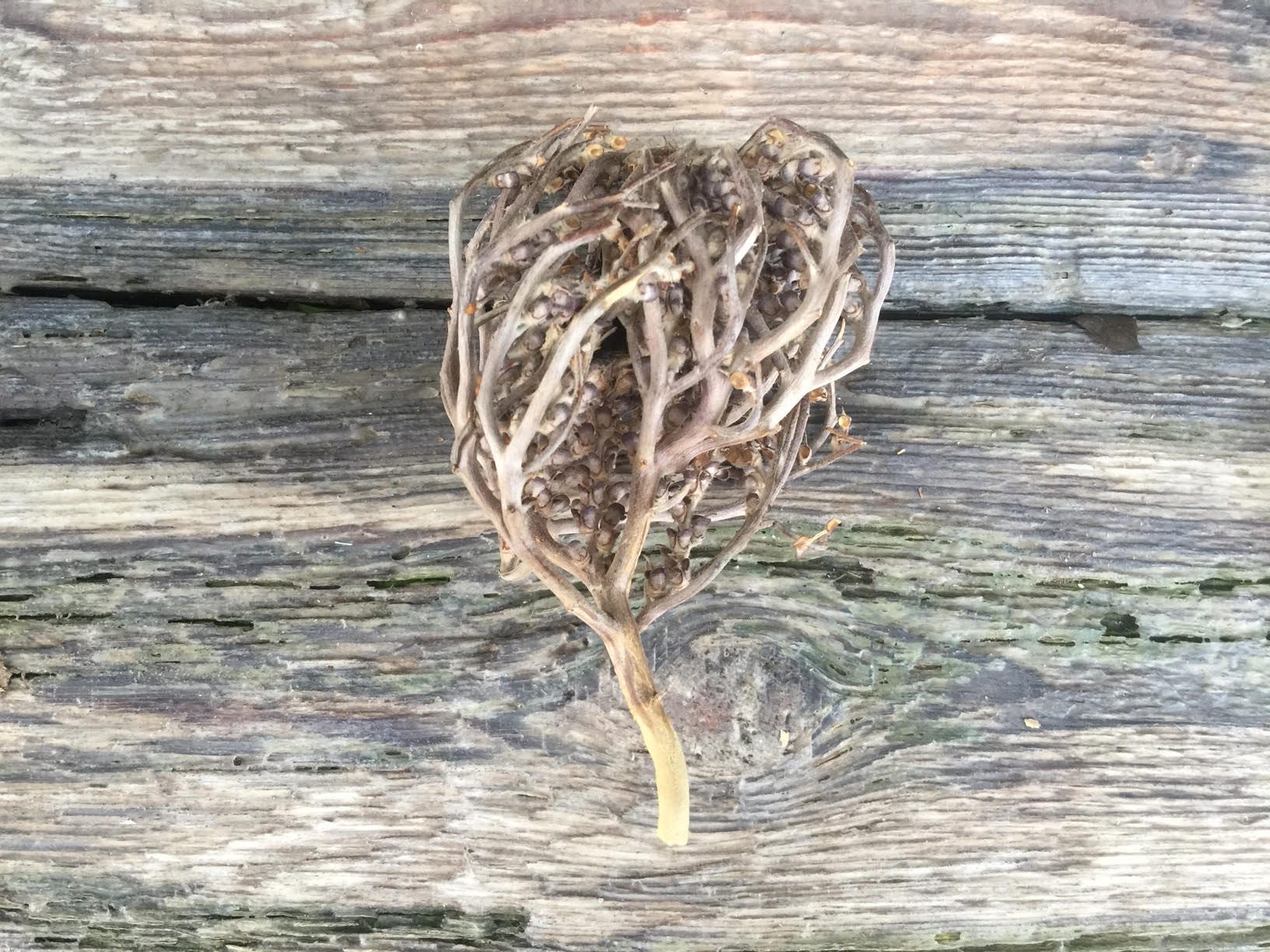Rose of Jericho
The Role of Rose of Jericho in Diverse Folklore
Unveiling the Enigmatic Rose of Jericho
In the heart of folklore, the Rose of Jericho emerges as a mesmerizing character—a plant that captivates hearts, awakens curiosity, and carries a multitude of symbolic meanings. This enigmatic botanical marvel, scientifically known as Anastatica-Hierochuntica
, is more than just a desert survivor; it’s a guardian of tales woven through generations.
Folklore: The Weaver of Cultural Narratives
Folklore, with its intricate tapestry of myths, legends, and traditional beliefs, casts the Rose of Jericho as both a mystical entity and a source of wisdom. Its role extends beyond botanical curiosity to encompass themes of rebirth, protection, love, and transformation. Join us as we delve into the diverse and captivating folklore surrounding the Rose of Jericho.
A Phoenix Reborn: Resurrection in Nature
A Closer Look at the Rose of Jericho
The Rose of Jericho, a humble-looking tumbleweed when dry, transforms into a lush green plant when exposed to water—a phenomenon dubbed “resurrection.” This astonishing feat of nature mirrors the tales of creatures rising from the ashes, igniting the imagination with parallels to phoenixes and other mythical creatures.
Cultural Interpretations of Resurrection
From Egyptian myths of Osiris to Christian narratives of resurrection, the concept of revival after dormancy permeates cultures. The Rose of Jericho, with its unique ability to “come back to life,” aligns with these tales, evoking notions of renewal and the cyclical nature of existence.
From Dormancy to Life: Symbolism of the Unfurling
The Magic of Unfurling Fronds
As the Rose of Jericho unfurls its fronds upon being watered, it symbolizes a journey from dormancy to life, akin to a slumbering spirit awakening. This unfurling holds universal resonance, embodying the transitions we all experience—from uncertainty to discovery, from potential to realization.
Interpretations Across Diverse Cultures
In Islamic traditions, the Rose of Jericho is believed to have witnessed the Prophet Muhammad’s ascension, a testament to its timeless presence. Similarly, in Mexican folklore, it’s known as “La Flor de la Resurrección,” representing resurrection and spiritual growth. These interpretations span continents, illuminating the plant’s significance in various cultural narratives.
Guardian of Prosperity: Folk Beliefs and Rituals
Prosperity Rituals and Folk Practices
Folk wisdom intertwines with the Rose of Jericho in practices that invite abundance and prosperity. Placing the resurrected plant in a bowl of water and sprinkling it with coins is believed to attract financial fortune. This melding of botanical and material worlds showcases the plant’s role as a conduit for hopes and aspirations.
Folk Wisdom and Cultural Traditions
From the Middle East to the Caribbean, the Rose of Jericho finds itself at the center of rituals to beckon prosperity. Embedded in these traditions is a belief in the plant’s inherent connection to the energies that sustain and enhance life. The plant becomes a tangible representation of folk wisdom passed down through generations.
Guarding Against Negative Energy: Warding and Protection
Rose of Jericho as a Protective Amulet
In the realm of the esoteric, the Rose of Jericho assumes the role of a guardian against negative energy. Placed at thresholds or in homes, it’s believed to ward off malevolent forces and negative intentions. This protective nature positions it as a silent sentinel, keeping watch over its surroundings.
Warding Practices and Cultural Variations
Different cultures employ the Rose of Jericho in diverse ways for protection. In Haitian Vodou, it’s used to cleanse spaces and remove malevolent influences. Conversely, Middle Eastern traditions involve placing it near the entrance to repel negative energies. This adaptability speaks to its versatility in fulfilling spiritual and metaphysical roles.
Love and Relationships: Romantic Connotations
The Symbolic Link Between Love and Roses
Roses have long been synonymous with love, carrying sentiments that words struggle to convey. The Rose of Jericho, with its association with resurrection and rebirth, amplifies the metaphorical connection between love’s eternal renewal and the plant’s revival.
Love Spells and Rituals with the Rose of Jericho
In matters of the heart, the Rose of Jericho finds itself entwined in spells and rituals. Placed beneath a lover’s pillow or incorporated into baths, it’s believed to enhance romantic connections and attract love. This romantic facet adds another layer to the plant’s multifaceted folklore.
A Living Symbol of Hope: Resilience and Transformation
Resilience and Endurance in Folklore
Folklore often celebrates resilience and endurance, qualities embodied by the Rose of Jericho. Just as the plant rebounds from apparent lifelessness, so too can individuals emerge from challenges and adversity. This shared journey of resilience creates an empathetic bridge between humans and the natural world.
Personal Transformation and Renewal
The Rose of Jericho serves as a living metaphor for personal transformation. Its revival signifies the potential for renewal, inspiring individuals to embrace change and growth. The plant’s folklore becomes a source of hope, a reminder that even in the harshest conditions, transformation is possible.
FAQs (Frequently Asked Questions)
Q1: How long does it take for the Rose of Jericho to resurrect?
The resurrection of the Rose of Jericho can take several hours to a few days, depending on the plant’s condition and the water it receives. Patience is key, as the gradual unfurling is part of its mystical charm.
Q2: Can I reuse the Rose of Jericho for multiple rituals?
Absolutely! The Rose of Jericho can be dried and rehydrated for multiple rituals. Just ensure it’s fully dry before storing it and follow the activation process when you’re ready to use it again.
Q3: Are there any cultural taboos or restrictions associated with the Rose of Jericho?
There aren’t specific cultural taboos or restrictions associated with the Rose of Jericho. However, it’s essential to approach its use with respect and intention, especially if you’re incorporating it into cultural or religious practices that hold significance.
Q4: Can I keep the Rose of Jericho in my home as a decorative element?
Certainly! The Rose of Jericho can be a beautiful and meaningful decorative element in your home. Its symbolism of resilience and transformation can serve as a constant reminder of the potential for growth and renewal in your living space.
Q5: Are there any modern uses for the Rose of Jericho beyond folklore?
Indeed, beyond folklore, the Rose of Jericho has found its place in modern practices as well. It’s often used in spiritual rituals, meditation, and as a tool for intention-setting and manifestation. Its versatility makes it a valuable addition to contemporary spiritual and holistic practices.



